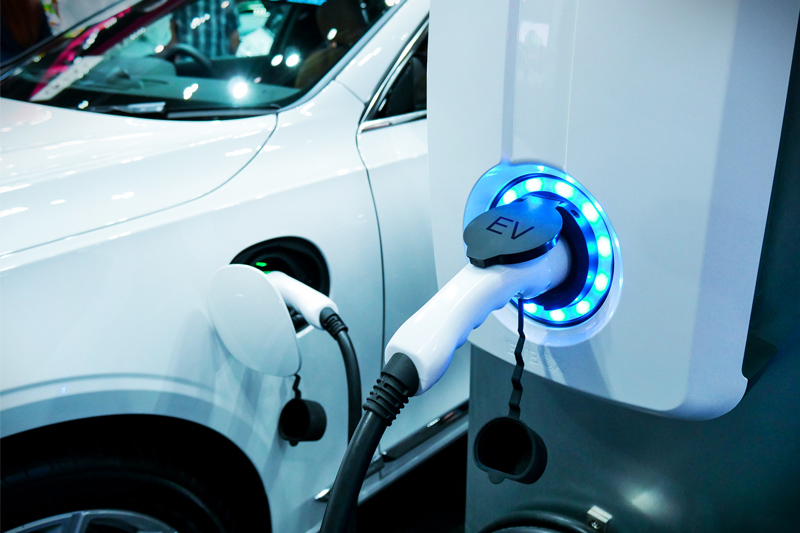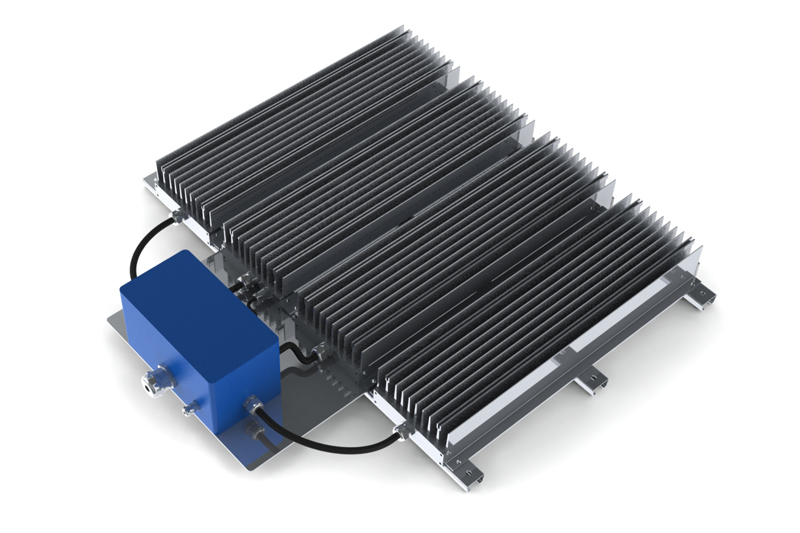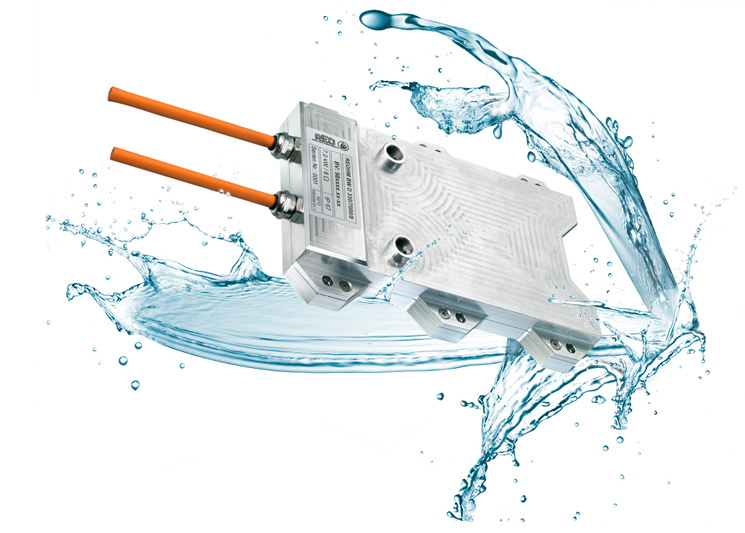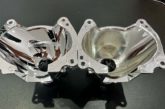
Steve Hughes, Managing Director of specialist electrical components manufacturer REO UK, explains the difference between air and water cooling braking resistors.
The effects of temperature on a product’s performance have always been an important design consideration. Overheating can reduce efficiency and the lifespan of components. So, whether a product is subjected to environmental heating or cooling, or if it generates its own rise or drop in temperature, managing temperature is critical.
Many of REO’s customers are in the marine, renewables and railway sectors, so many of their products must operate in extreme environmental conditions where standard electrical items are not always fit for purpose. From REO’s experience, many of the challenges that components face in these sectors, like temperature, are also applicable to automotive manufacturers. 
Most manufacturers understand the importance of effectively addressing and understanding heat transfer considerations early in the design process, saving time and minimising prototyping costs. Despite this, many OEMs are unsure of how to choose between the two main ways of regulating device temperature; air cooling and water cooling. Braking resistors are used to dissipate heat and slow down a mechanical system to avoid overheating. They have relatively low ohmic values, a high-power rating, and are typically encased in a frame to create a safe distance between surrounding components. To increase its dissipation capability, the resistor’s frames feature cooling fans or liquid coolants.
Traditionally, air cooling has been most commonly used, as it is relatively inexpensive and requires little maintenance, other than the replacement of filters. This is because the fan technology is robust and able to undertake some degree of damage without impacting performance significantly. For example, if a single fin broke on the fan, it would remain functional and safe to use.
Air cooling, however, does come with its limitations. Firstly, the integration of a fan means that the enclosures of the device must generally be bulkier to accommodate it. This means that air cooling cannot be used in applications where space is limited.
Air fans also create an additional source of noise, unlike water cooling alternatives like the REO braking resistor D 330. Suitable for integration in EVs, the resistor works by converting excess electricity – which is not needed for recharging the EV’s battery – into heat that can be dissipated safely, or as energy that can be regenerated into the vehicle’s power supply. This is an effective use of energy that would otherwise simply be lost. It also reduces the need for resistance heating using the battery’s energy, which can reduce the vehicle’s driving range. The benefit of using a water-cooling resistor in such an application is that they can be easily integrated into the existing cooling systems of the vehicle and are able to deliver cooling on the areas where fans often fall short.
Water-based systems operate on a very simple principle of heat exchange, whereby pipes containing a liquid coolant circulate around an enclosure and out of the device to keep components cool. The excess heat generated during use is thermally conducted by the water in the pipes, which can then be transferred out of the device and regenerated for other processes.
With EVs, automotive manufacturers aim to make driving as energy efficient as possible. Not only are fans in air cooling systems limited by their reliance on ambient temperatures to cool down overheating components, but depending on the size of the application, OEMs may need to integrate multiple fans as opposed to just one.
In comparison, water has high heat conductivity, and only requires a single pump to cool infrastructure, significantly lowering the overall energy consumption and cost of the cooling system.
Another advantage is that the coolant can be stored in the pipes below the application’s ambient level for even faster cooling. Water cooling is the only method that permits cooling below the ambient air temperature and is ideally suited to industrial applications. In addition to maximising efficiency, resistors like the REOHM series D 330 make an additional space saving of up to 88%. The use of a water cooling system allows optimal temperature characteristics to be achieved, while the performance of the component is improved.
The adoption of electric vehicles is only set to increase in the coming years, and automotive manufacturers must be able to select the right components – like resistors – and technologies for their design. By considering the factors that affect equipment performance, technicians and OEMs can ensure they make the right choice between air cooling and water cooling every time.









